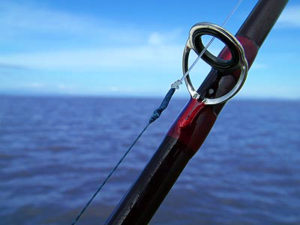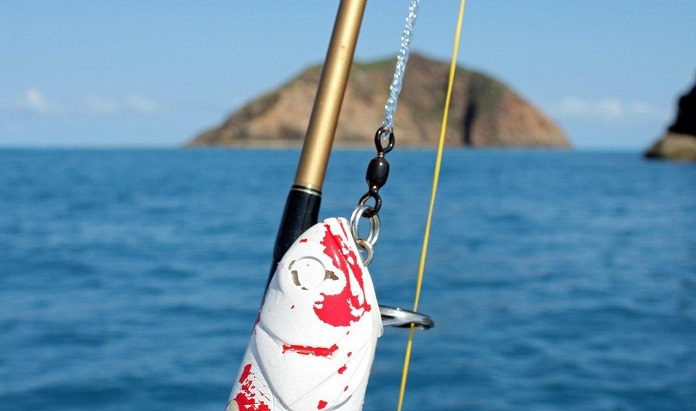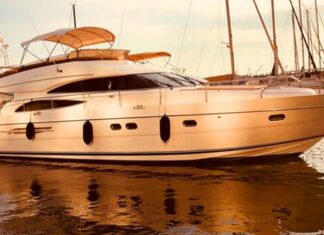
The idea of tying an additional line at the end of your main fishing line might sound absurd to beginner fisherman, but it’s one of the most elementary tactics in fishing which can make a significant difference in the success you’ll have on your next fishing trip. A leader line is a length of line attached to the business end of the main fishing line. It’s a separate length at which lures or rings are tied. Connecting two leader lines is generally done by tying the two pieces together with a knot, or by tying each line to separate ends of a swivel which acts as the joining mechanism between the two lines.
There are two main reasons to use a leader line. Firstly, it’s used to provide protection against rocks, reef, shell-covered pylons or sharp edges of teeth. The other reason is that fishing lines are too visible underwater, which can fend off fish. Using a specific type of leader can make it difficult for the fish to see the line connected to your lure or bait, which increases your chances of catching.
There are two types of leader line available – fluorocarbon leader and monofilament leader. Both of these have their differences and are used in specific situations. Let’s find out which one you should use in different situations to get the most out of your fishing trip.

Monofilament Leader
This type of leader got its name due to the fact that it is made of a single strand line. Monofilament leader absorbs water, has a good quality abrasion resistance, it stretches, it absorbs sunlight and it’s generally quite cheap. Depending on the type of fish you’re after, the monofilament leader has its pros and cons. The usual situations for using this type of leader are when bait fishing – reef, boat, surf; deep water jigging and trolling.
Fluorocarbon Leader
Just like the monofilament leader, this leader is also a single filament line but its make is slightly different and because of it, its price is higher. It’s significantly more expensive, but it also has a couple of differences. For starters, it’s less porous than mono (which means it absorbs very little water), it sinks and it has a refractive index very close to water which results in the sun shining through it, therefore making it harder for fish to see it. Moreover, it’s much more abrasion-resistant and has a very low level of stretching.















